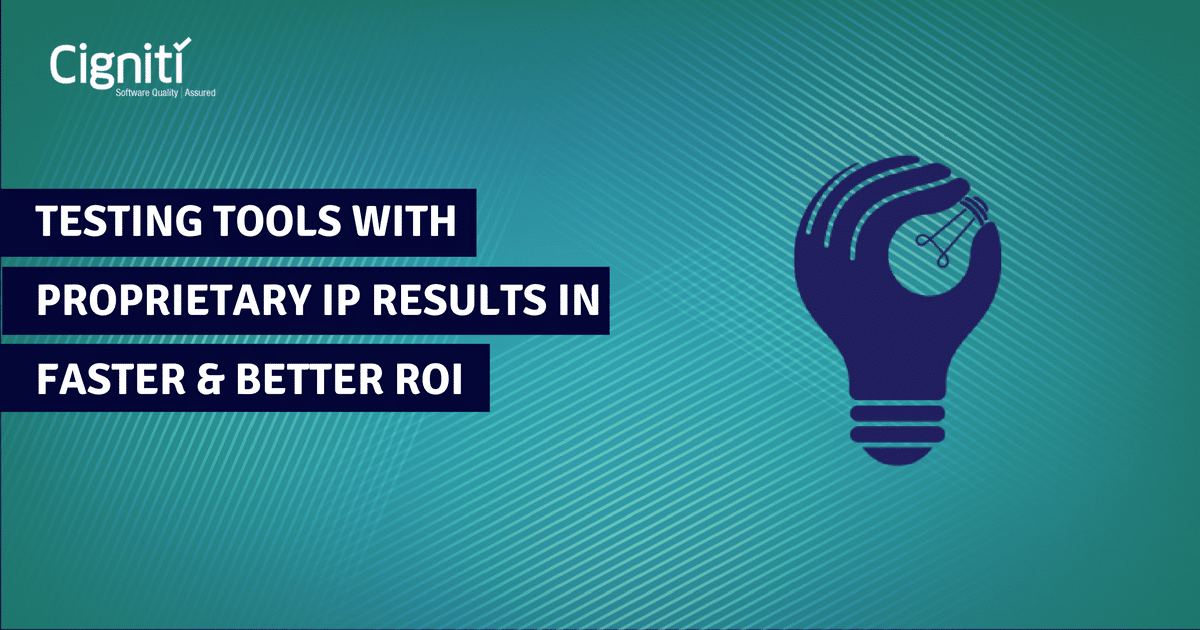Why is Decentralized Finance (DeFi) No Longer Defiable?
Decentralized Finance (DeFi) is a way of conducting finance-related activity using blockchain technology. It is a fast-emerging segment where many decentralized apps can be integrated and can allow anyone to conduct financial transactions by making use of public blockchain technology. It is increasingly being seen as a viable alternative to the conventional intermediary-focused approach of centralized systems.
As per DeFiPulse, there is a value of 39.5 billion dollars locked in DeFi platforms as of June 2022, and it has grown four times over the last two years. Besides decentralization, as DeFi rides on blockchain concepts, it inherits all the positive attributes of blockchain technology, such as:
- Immutability: The transactions are immutable and timestamped by the underlying blockchain thereby lending credibility to the platform.
- Permissionless: There are no restrictions on who can access it. Anyone from anywhere can carry out transactions directed at diverse geographies. Users also have complete control over their assets without the need for middlemen.
- Traceability: DeFi’s open nature makes the movement of funds transparent and makes it amenable to maintaining an audit trail.
- Configurability: DeFi is an intricate network of financial products and services that can be plugged into one another with ease.
Some of the most impactful use cases are:
- Management of assets: Due to DeFi, users now have more control over their assets. It provides tools for users to manage their assets at their own will. They can buy, sell, and transfer digital assets on the DeFi platforms. It also restricts access to only the owners of the accounts, thereby keeping sensitive information private.
- Compliance and Anonymity: Conventional compliance methods extensively use KYC processes, which impinge on user privacy. DeFi counters this by using the “Know Your Transaction” (KYT) method, which enables analysis of the transactional behavior instead of the user identity.
- Data and analysis: Due to its transparent and decentralized nature, it allows users to evaluate unprecedented amounts of data. DeFi also provides users with accurate data and analytics tools for risk management.
- Tokenization: Tokens are secure, instantly transferable, and programable. The process of tokenization allows us to anonymize any asset and store it on a blockchain in a configurable manner. This greatly enables the digitalization of assets and solves problems of liquidity.
- Payments: DeFi offers a real-time and transparent way of giving effect to payments of diverse nature.
- DeFi Exchange: These are typically markets where money can be lent or borrowed directly. It is very efficient, easy to use, and has a very low transaction cost. Since users trade their assets directly from their wallets, issues such as market manipulation, hacking, and theft decrease.
The significant value addition that DeFi platforms bring over conventional processes is evidenced in the below table, taking the above use cases as examples.
| Use Case | DeFi | Conventional Systems |
|---|---|---|
| Asset Management |
|
|
| Compliance and anonymity |
|
|
| Data and Analytics |
|
|
| Tokenization |
|
|
| Payments |
|
|
| DeFi Exchanges |
|
|
Even though DeFi has many potential use cases, several aspects that still need to be investigated and streamlined. Recounting a few below as examples.
- Difficult to regulate and tax
Financial transactions in general are taxable and subject to strict regulation. DeFi makes this highly challenging, as it is a permissionless blockchain that hides the real identity of the person.
- Governance issues in DeFi
Decentralized autonomous organizations (DAOs) are one way to ensure governance over DeFi platforms. However, as a DAO spreads the decision-making power across several users, a DeFi platform inherits all the governance issues of a blockchain network. Any surveillance and enforcement are also difficult as the real identities are difficult to establish.
- No uniform positioning across the globe
The DeFi space is currently fragmented across the globe and doesn’t provide a uniform view. This can present challenges for the large-scale implementation and regulation of a use case.
A DeFi platform, given its highly configurable and composable nature, requires very robust implementation and validation methodologies. This need is further accentuated by the permissionless and extensively distributed nature of these platforms. It also requires a diverse set of capabilities to vouch for these platforms, ranging from data validations, business process insights, and seamless integrations coupled with industry-standard cyber security practices.
Closing Thoughts
Despite the above challenges, DeFi can be strongly advocated in areas such as microlending, crowdfunding, etc. It will be the default choice for any use case involving large-scale aggregation or dissemination of funds. As blockchain technology itself matures and becomes amenable to regulation, the DeFi space too will borrow those attributes to become a more structured and regulated alternative to the conventional centralized institutions.
Cigniti is one of the few IT service providers to have invested in its blockchain sandboxes across diverse blockchain technologies. These sandboxes are designed to quickly create a viable prototype for any business application, providing a ready environment to test the viability of the concept and the effectiveness of its configuration. Cigniti offers targeted testing services for applications that include comprehensive validation methods across API testing, functional and non-functional testing, integration testing, security testing, compliance testing, and performance testing, and include specialized testing features such as peer and node testing and smart contract testing.
You can further refer to the detailed approach toward blockchain assurance in our earlier blog.
Need help? Talk to our blockchain testing experts to learn more about vendor financing on Hyperledger Fabric, identify the issues a typical blockchain project has, and learn how Cigniti can help make the blockchain compliant.





Leave a Reply